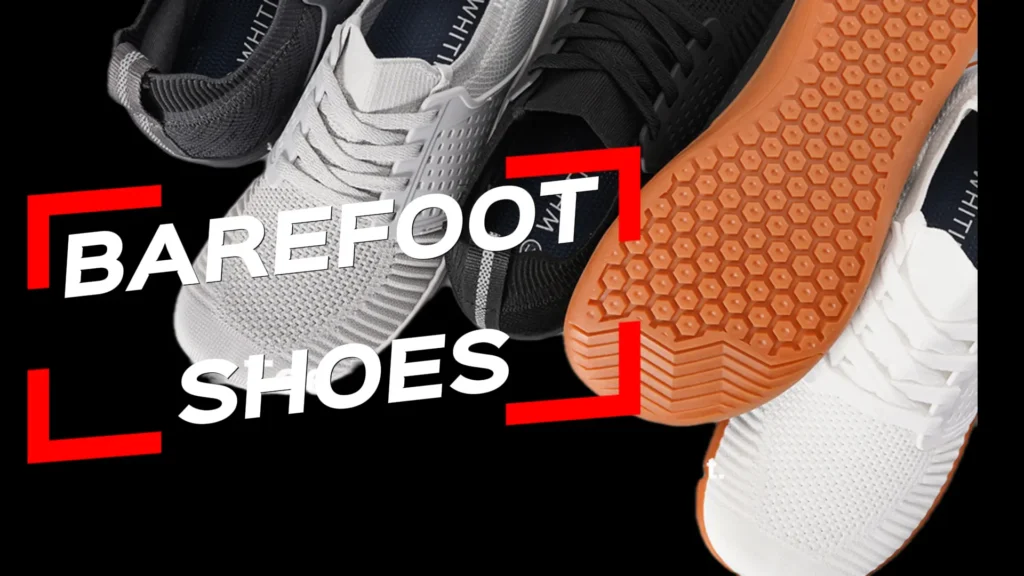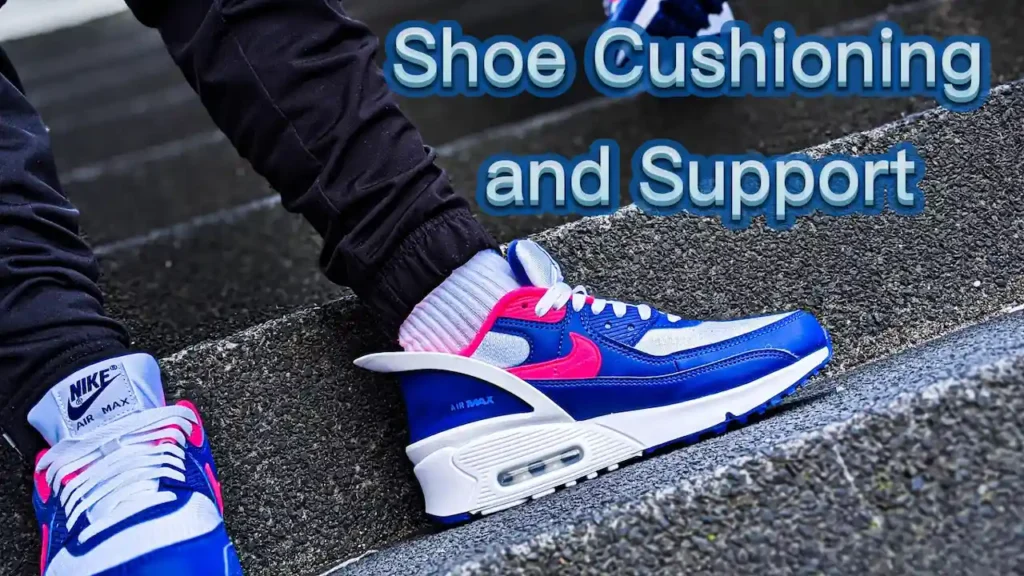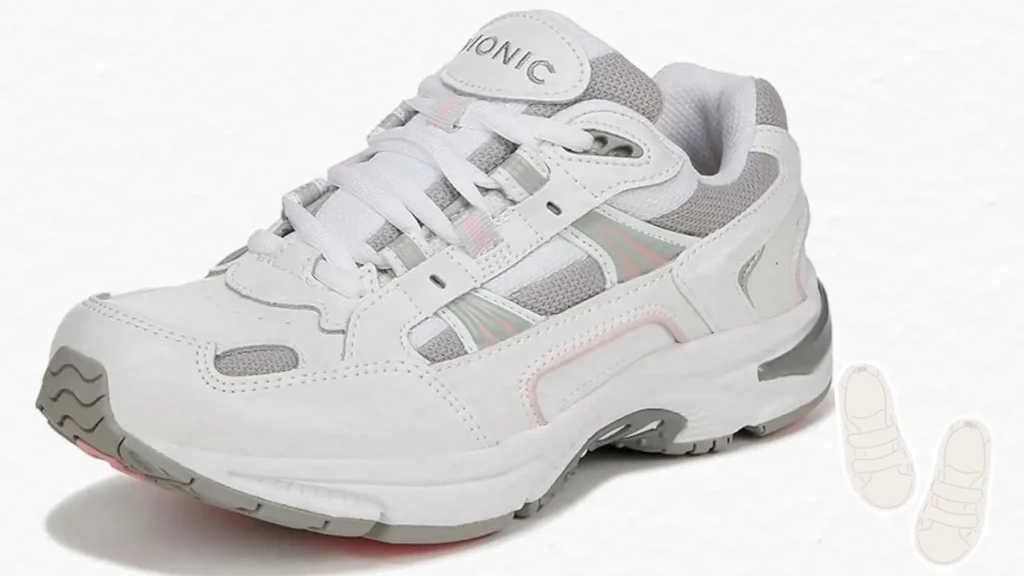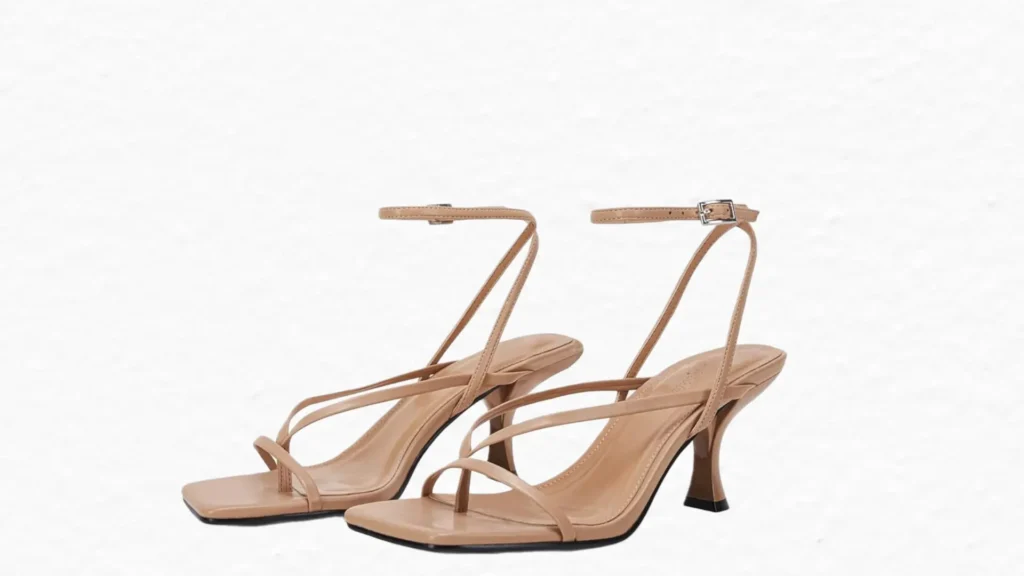As the warmth of summer beckons, barefoot shoes are stepping into the limelight. These minimalist marvels have seen a remarkable surge in popularity. With their lightweight feel, they’re becoming a staple for everyone from fitness buffs to fashion-forward trendsetters.
Key Features of Barefoot Shoes?
Barefoot shoes, often referred to as minimalist or zero-drop shoes, are designed to replicate the experience of walking barefoot. Barefoot shoes prioritize flexibility, thin soles, and wide toe boxes. The goal is to allow your feet to move naturally.
The concept isn’t entirely new. Indigenous cultures have long embraced barefoot living. Modern iterations cater to contemporary lifestyles. Vibram FiveFingers, Xero Shoes, and Vivobarefoot have pioneered this niche market. They offer functional designs that appeal to both athletes and casual wearers.
From performance-focused trail runners to chic everyday loafers, barefoot-inspired shoes come in a variety of styles tailored to different needs and preferences.
Key Features of Barefoot Shoes:
- Thin Soles: Designed to provide enough protection without compromising ground feel.
- Wide Toe Boxes: Allow toes to spread naturally.
- Zero Drop: No heel-to-toe elevation ensures proper alignment and reduces strain on joints.
- Lightweight Materials: Breathable fabrics and minimal padding keep feet cool.
These features make barefoot shoes uniquely suited for summer.
Why Barefoot Shoes Surge in Summer?
The rise of barefoot-inspired shoes this season stems from a perfect storm of practicality, health consciousness, and style.
First, their design screams summer. Weighing next to nothing and featuring perforated uppers, they keep feet cool and dry.
Traditional sneakers trap heat and sweat, while flimsy flip-flops leave feet vulnerable. Barefoot shoes split the difference. They are airy yet protective, they’re ideal for picnics, hikes, and spontaneous dips in the ocean.
Health trends are another major driver. The wellness boom has people rethinking how they move through the world, and barefoot shoes fit right in.
Dr. Irene Davis, a Harvard biomechanics researcher, have long championed minimalist footwear for its potential to strengthen foot muscles, improve posture, and reduce strain on knees and hips.
For summer enthusiasts, the shoes offer a low-stakes way to test the theory—why not ditch the heavy trainers for a pair that feels like freedom?
Then there’s the aesthetic appeal. Once a quirky choice for ultramarathoners and yoga gurus, barefoot shoes have gone mainstream.
Sleek designs in muted neutrals, vibrant corals make them as chic as they are functional. High-profile endorsements have turned them into a summer style statement.
The Health Benefits of Going Barefoot
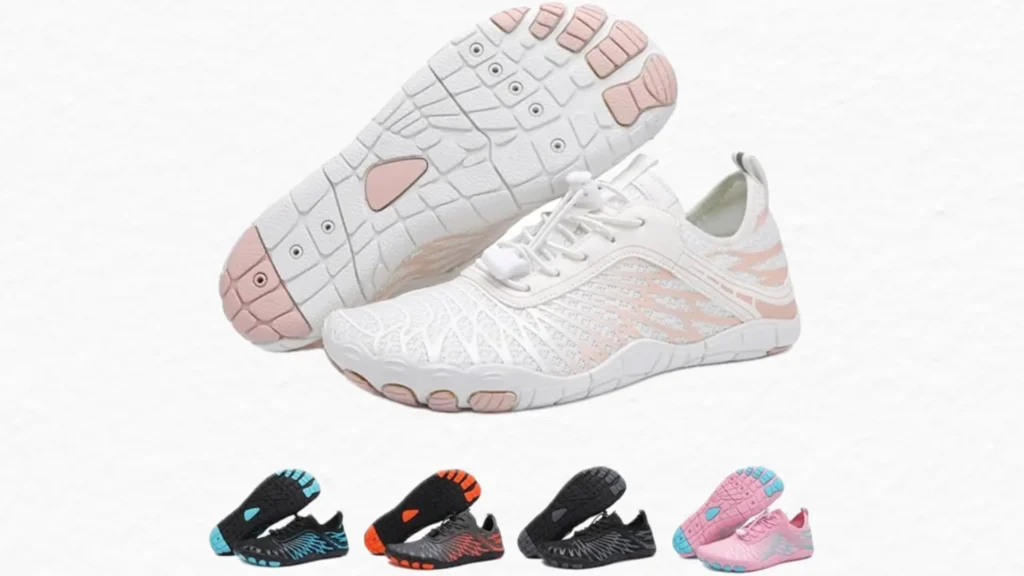
Beyond their aesthetic appeal, barefoot-inspired shoes boast numerous health benefits. Here’s how they contribute to overall well-being:
Improved Foot Strength
Conventional shoes restrict foot movement. Barefoot shoes encourage natural motion, strengthening the arches, toes, and surrounding muscles. Stronger feet translate to better stability and reduced risk of injuries. Over time, barefoot shoes increase agility and resilience in their lower limbs.
Better Posture
By eliminating artificial elevation, barefoot shoes promote proper alignment of the spine and pelvis. This helps improve posture and enhances proprioception—the body’s ability to sense its position in space. This results in improved balance and coordination.
Enhanced Circulation
The flexible soles and spacious toe boxes of barefoot shoes prevent compression of blood vessels. Healthy vessels facilitate healthy circulation throughout the lower extremities. Improved blood flow aids in recovery after exercise.
Connection to Nature
Proponents of earthing, believe that direct contact with the Earth’s surface has therapeutic effects, including stress reduction and inflammation relief. While wearing shoes inherently creates a barrier, barefoot-inspired designs aim to bridge this gap by fostering a closer connection to the ground beneath your feet. Even if you’re not sold on the science of earthing, there’s no denying the psychological boost that comes from feeling more grounded and present.
Another reason behind the rise of barefoot shoes is their alignment with eco-friendly values. Many brands prioritize sustainable materials and ethical manufacturing processes. For instance:
Vivobarefoot uses recycled plastics and plant-based leathers in its collections. Their commitment to circular design extends to repair kits and recycling programs to minimize waste.
Xero Shoes offers recyclable components. This extends the lifespan of its products. Their durable designs are built to last, reducing the need for frequent replacements.
Lems Shoes incorporates responsibly sourced materials into its designs. Their wool collection utilizes merino fibers that are biodegradable and renewable.
The barefoot shoe craze is more than a passing fad. Industry analysts report a double-digit spike in sales over the past year. Newcomers are shaking things up, too. Water-ready shoes from Astral and waterproof hybrids from Topo Athletic are tailor-made for beach days and river treks.
How to Transition to Barefoot Shoes
If you’re intrigued by the idea of barefoot-inspired footwear, it’s important to ease into the transition. After years of wearing conventional shoes, your feet may need time to adapt to the increased demand placed on them. Here are some tips to get started:
- Start Slow: Begin by wearing barefoot shoes for short periods each day. Gradually increase the duration as your feet strengthen. Aim for 30 minutes initially and work your way up to several hours at a time.
- Focus on Form: Pay attention to your gait and posture. Land softly on the balls of your feet rather than striking with your heels. Proper technique minimizes impact and maximizes efficiency.
- Stretch Regularly: Incorporate foot stretches and exercises into your routine to enhance flexibility and prevent soreness. Toe curls, calf raises, and rolling a tennis ball under your foot can make a big difference. These stretches improve your foot health.
- Choose the Right Pair: Look for shoes with thin soles and ample room in the toe box. Avoid overly cushioned options, as they defeat the purpose of mimicking barefoot walking. Consider trying multiple brands to find the best fit for your unique foot shape.
- Listen to Your Body: Pay attention to any discomfort during the transition period. Soreness is normal, but sharp pain could indicate an ill-fitting shoe. Adjust accordingly.
Barefoot shoes seem poised to redefine warm-weather footwear. They’re a shift toward simpler living—one step at a time. Whether you’re drawn by the promise of stronger arches, the thrill of feeling pebbles beneath your soles, or the chance to sport something fresh, there’s a pair waiting to carry you through the season.

